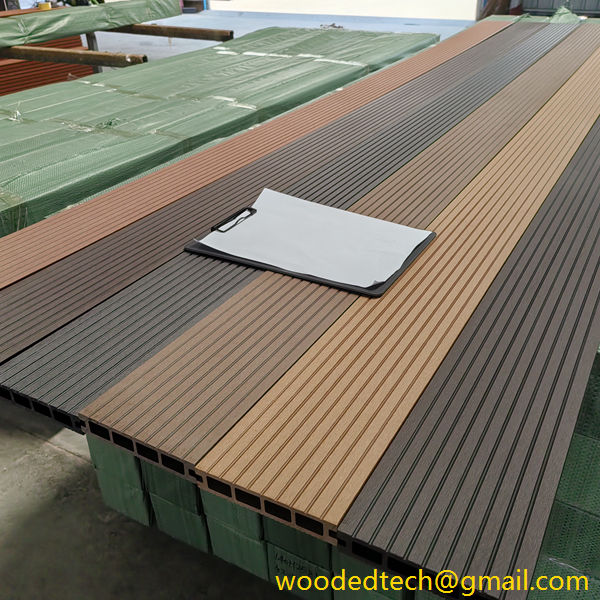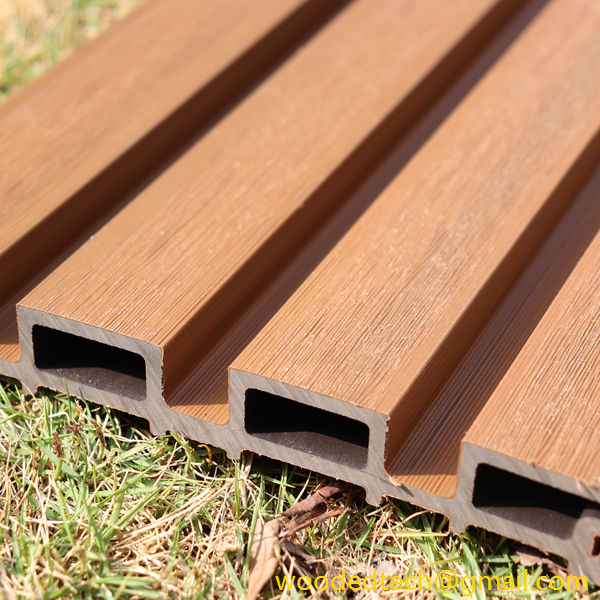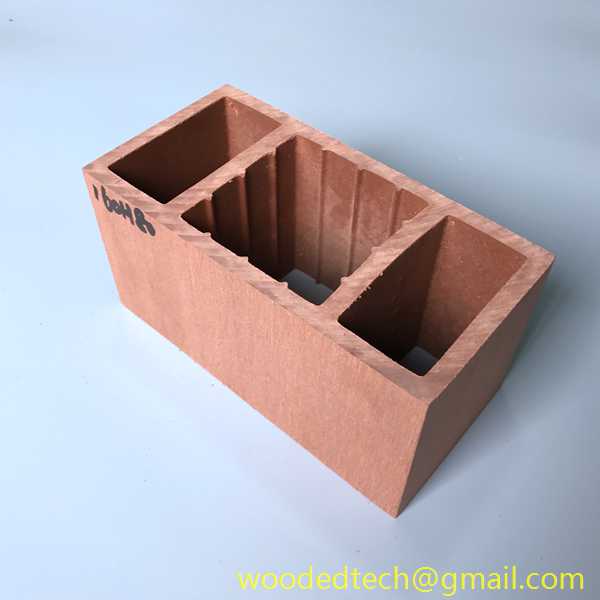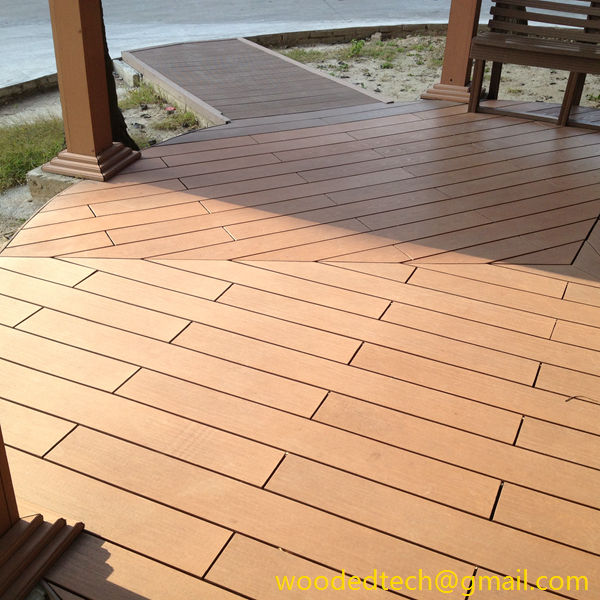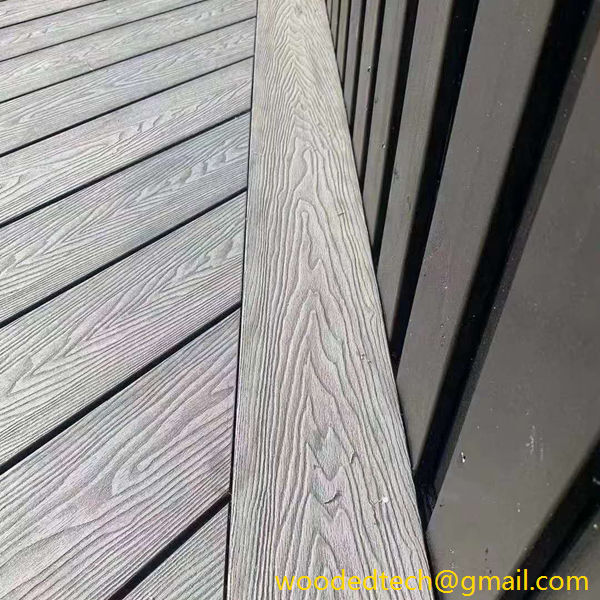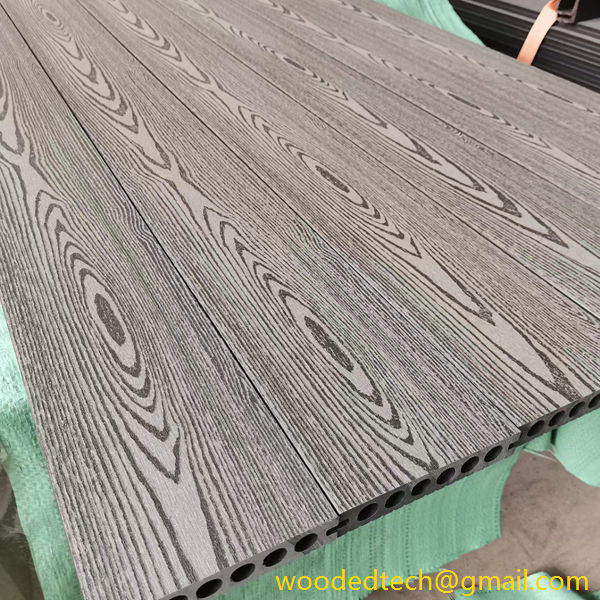Wood Plastic Composite (WPC) flooring has gained immense popularity in recent years due to its unique combination of aesthetic appeal, durability, and ease of installation. As a versatile flooring option, WPC flooring dimensions play a critical role in its application across various spaces. Understanding these dimensions is essential for contractors, architects, and homeowners who are considering this flooring solution for their projects.
WPC flooring typically comes in planks or tiles, which vary in size and thickness based on the manufacturer and specific product line. The dimensions of WPC flooring affect not only the installation process but also the overall look and feel of the space. Common plank sizes range from five inches to twelve inches in width, with lengths typically extending from three feet to six feet. These dimensions allow for a variety of design options, accommodating different room sizes and aesthetics.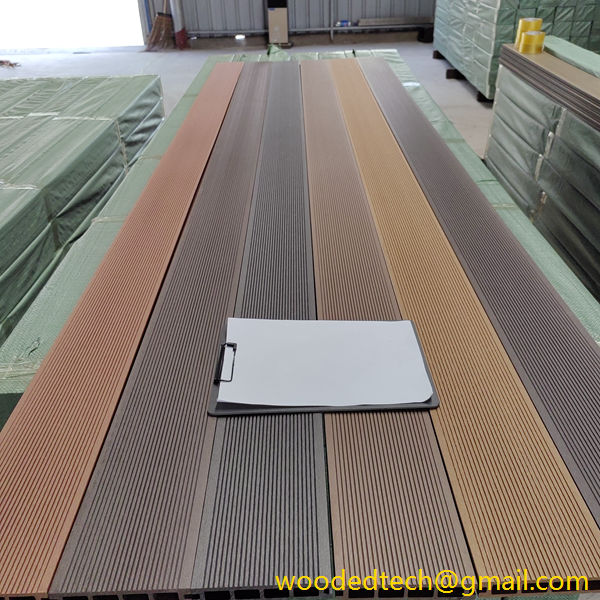
One of the most significant advantages of WPC flooring is its ability to mimic the appearance of natural wood while providing better resistance to moisture and wear. This feature makes WPC flooring particularly suitable for areas that experience high humidity, such as kitchens and bathrooms, as well as spaces with high foot traffic, like hallways and living rooms. The dimensions of the planks contribute to the realistic look of the flooring, as longer and wider planks can create a more seamless and expansive visual effect.
When considering the dimensions of WPC flooring for a particular application, it is crucial to take into account the layout of the room. Larger planks can make a space appear larger and more open, while smaller tiles can create intricate patterns and add depth to a room. Additionally, the choice of dimensions may influence the installation method. For instance, larger planks may require fewer seams, which can enhance the overall aesthetics and minimize the risk of moisture penetration.
In terms of thickness, WPC flooring typically ranges from six millimeters to twelve millimeters. The thickness of the plank is an essential factor that affects its durability and stability. Thicker planks tend to provide better sound insulation and can withstand heavier loads without bending or warping. For commercial applications, where durability is paramount, opting for thicker WPC flooring is advisable to ensure longevity and maintain the floor’s integrity under stress.
Another aspect to consider when discussing WPC flooring dimensions is the underlayment. The underlayment serves as a buffer between the subfloor and the WPC planks, providing additional cushioning and soundproofing. While WPC flooring can be installed over various subfloor types, including concrete and wood, the thickness of the underlayment can impact the overall height of the flooring system. It is essential to factor in this height when planning transitions between different flooring types or when installing cabinetry or baseboards.
The versatility of WPC flooring dimensions extends beyond just size and thickness. The product is available in a wide range of colors, finishes, and textures, giving homeowners and designers the freedom to create customized looks. With options that mimic different wood species, such as oak, maple, and hickory, WPC flooring can complement various interior design styles, from modern to rustic.
When looking at market applications for WPC flooring, it is essential to recognize its suitability for both residential and commercial use. In residential settings, homeowners appreciate the ease of maintenance and the visual appeal that WPC flooring provides. Its water-resistant properties make it an excellent choice for families with children or pets, as spills and accidents are less likely to cause permanent damage.
In commercial settings, WPC flooring dimensions are particularly advantageous for high-traffic areas. Retail stores, restaurants, and office spaces benefit from the durability and aesthetic flexibility of WPC flooring. The ability to install the flooring quickly and efficiently minimizes downtime and disruption to business operations, making it an attractive option for commercial renovations.
As the demand for eco-friendly building materials continues to rise, WPC flooring also meets sustainability criteria. Made from recycled wood fibers and plastic, WPC flooring reduces the demand for virgin materials and contributes to a more sustainable construction industry. This aspect is increasingly appealing to environmentally conscious consumers and businesses alike.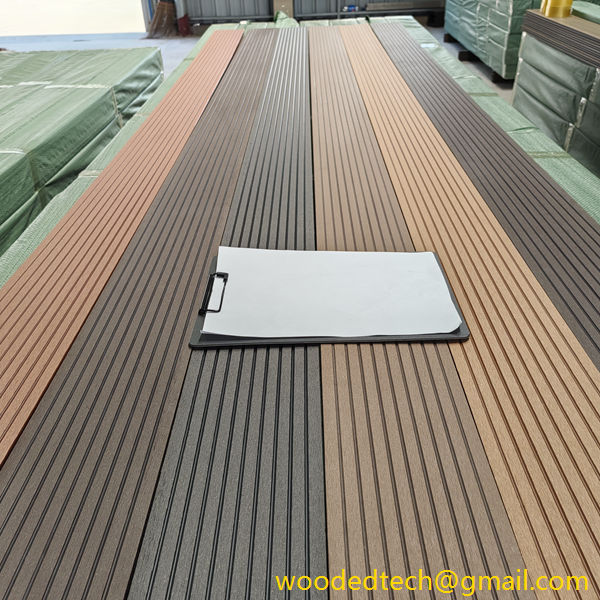
In conclusion, understanding WPC flooring dimensions is vital for anyone looking to implement this versatile flooring solution. The size and thickness of the planks, along with the variety of colors and finishes available, allow for extensive customization to suit different spaces and design preferences. Whether for residential or commercial applications, WPC flooring offers a blend of aesthetic appeal and practical benefits that make it an ideal choice for modern flooring needs. As the market for WPC flooring continues to grow, its adaptability and performance will undoubtedly solidify its place as a leading option in the flooring industry.

